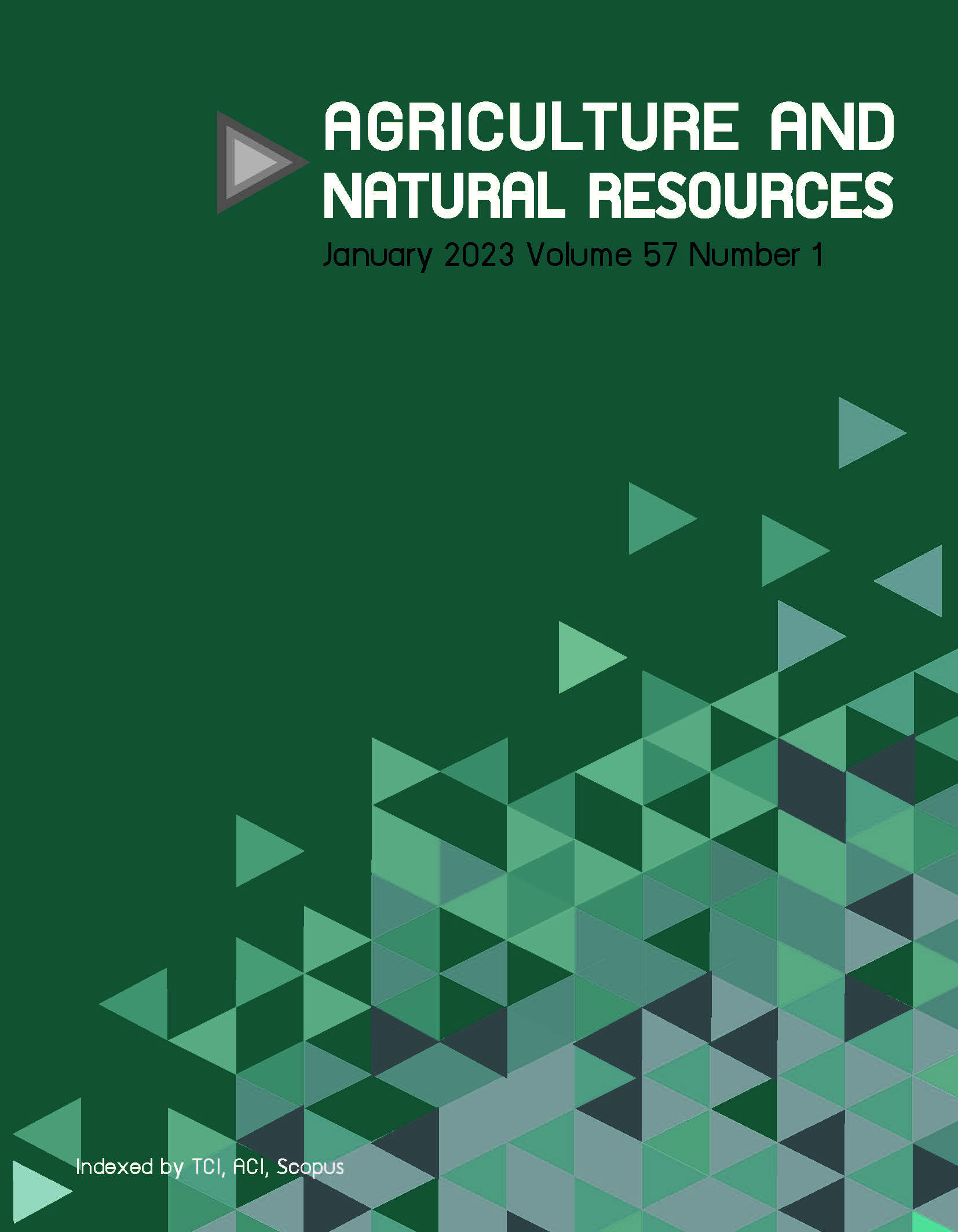Effect of extracted celery dietary fiber on low-calorie salad dressing with probiotics
Keywords:
Celery, Dietary fiber, Extraction method, Salad dressing, ProbioticAbstract
Importance of the work: Several celery residues generated after processing have mainly been utilized as a source of dietary fiber and could also be used as salad dressing supplements.
Objectives: To investigate dietary fiber extraction from celery using water, alkaline (NaOH), enzymes and ultrasonication and to study the extracted dietary fibers for their quality as a component in salad dressing.
Materials & Methods: Different methods were used to extract the dietary fiber and analyze its properties. The effects were investigated of extracted dietary fiber on the physicochemical, microbiological and sensory evaluation of low-fat salad dressing fortified with probiotic.
Results: Ultrasonic extraction produced the lowest yield (3.00%) and the highest soluble fiber content (34.90%) and L* value were obtained (p ≤ 0.05). The dietary fibers extracted using the different methods were added to low-fat salad dressings and compared to dressing without added dietary fiber. The low-fat salad dressings with added extracted dietary fiber had increased viscosity (p ≤ 0.05). The fat content and total energy were lower than the control, while the low-fat salad dressing fortified with ultrasonic dietary fibers (LF-U) had the highest sensory scores (p ≤ 0.05) in terms of texture, appearance and overall liking. The probiotic LF-U contained viable probiotic cells at more than 7 log CFU/g and pathogen detection followed the industry standard during storage for 28 d.
Main finding: The ultrasonic dietary fibers had the highest soluble dietary fiber content that affected the salad dressing qualities and supported viable probiotic cells at more than 7 log CFU/g.
Downloads
Published
How to Cite
Issue
Section
License
Copyright (c) 2023 Kasetsart Universityonline 2452-316X print 2468-1458/Copyright © 2022. This is an open access article under the CC BY-NC-ND license (http://creativecommons.org/licenses/by-nc-nd/4.0/),
production and hosting by Kasetsart University of Research and Development Institute on behalf of Kasetsart University.







